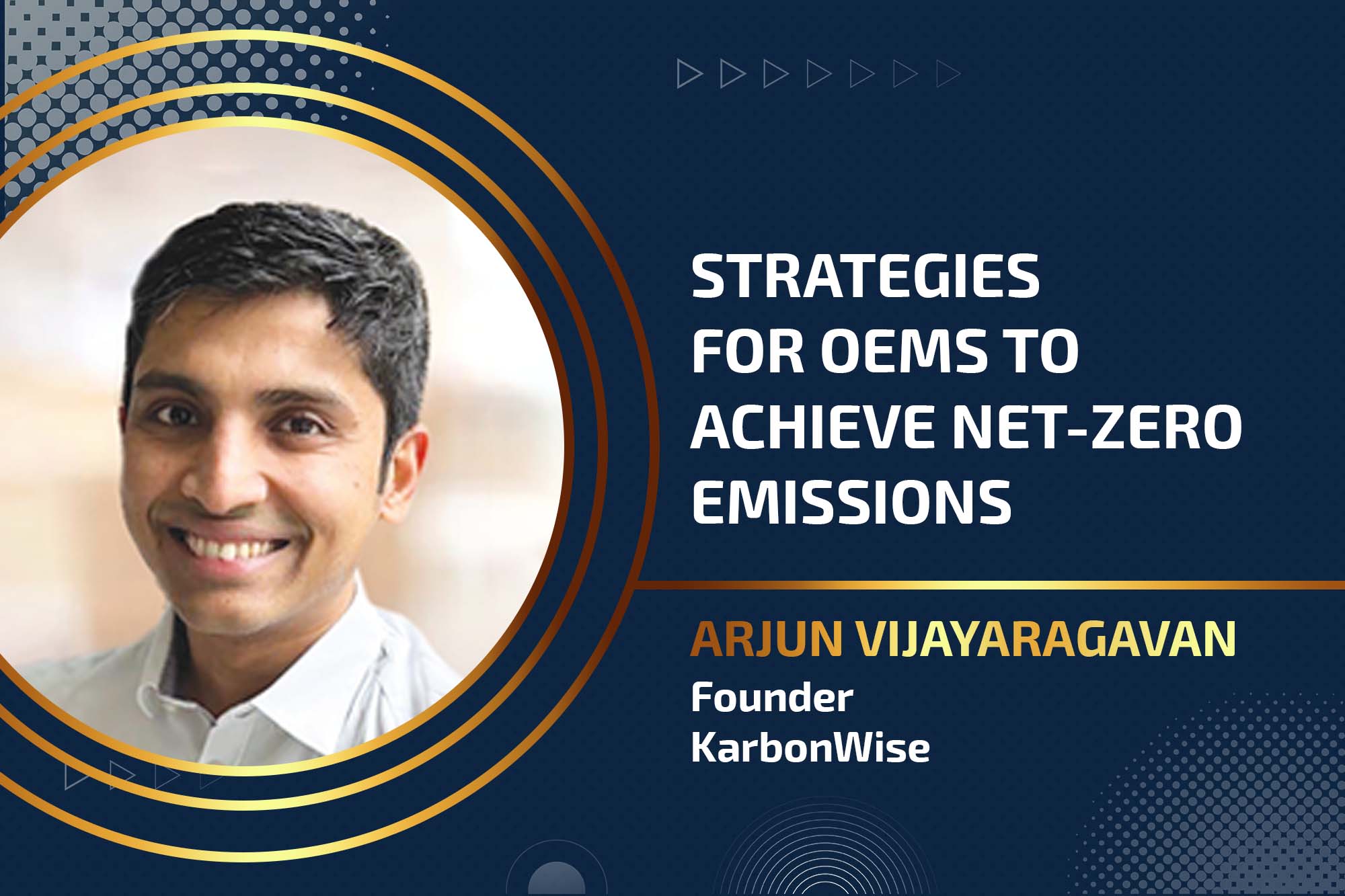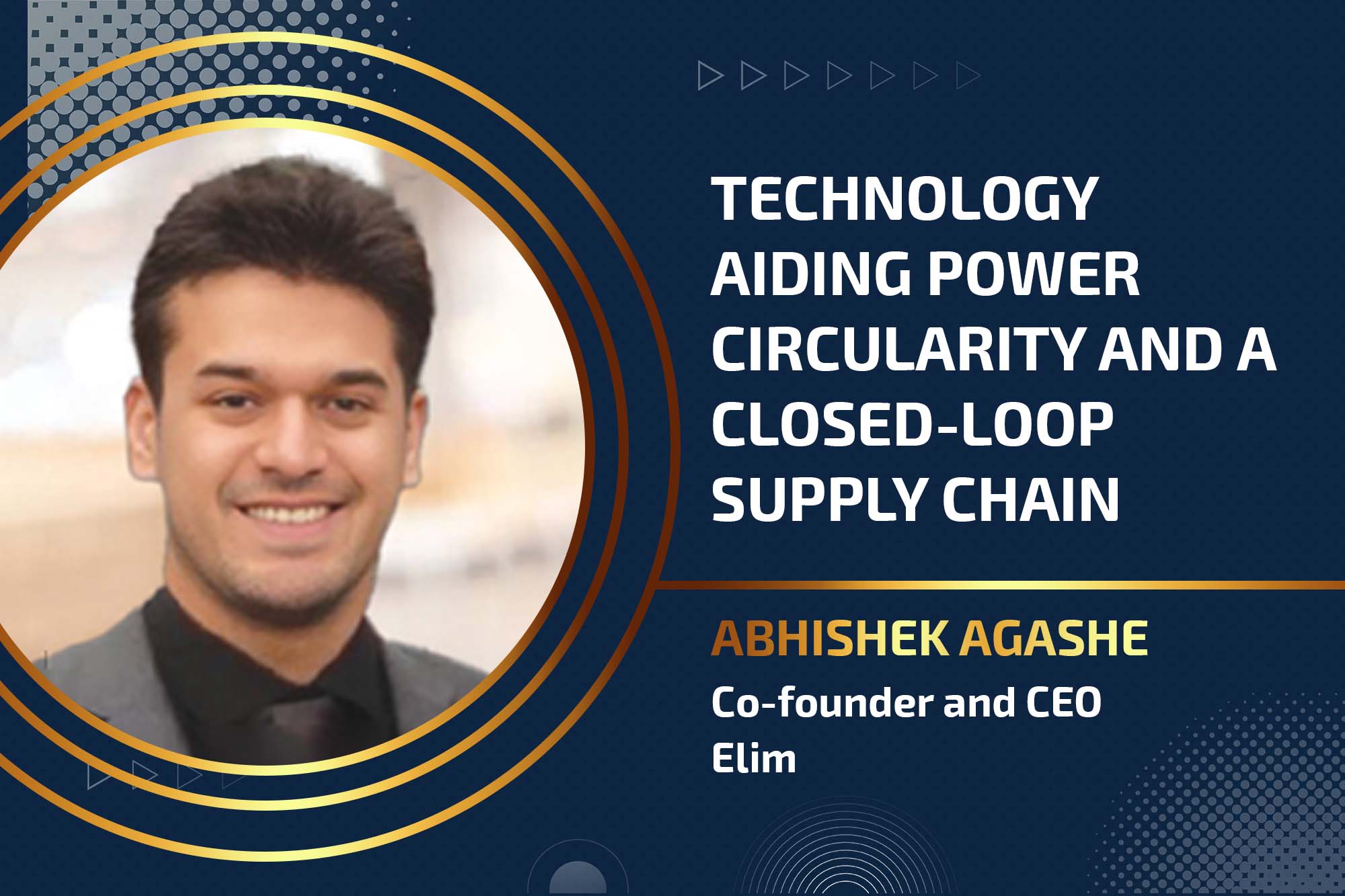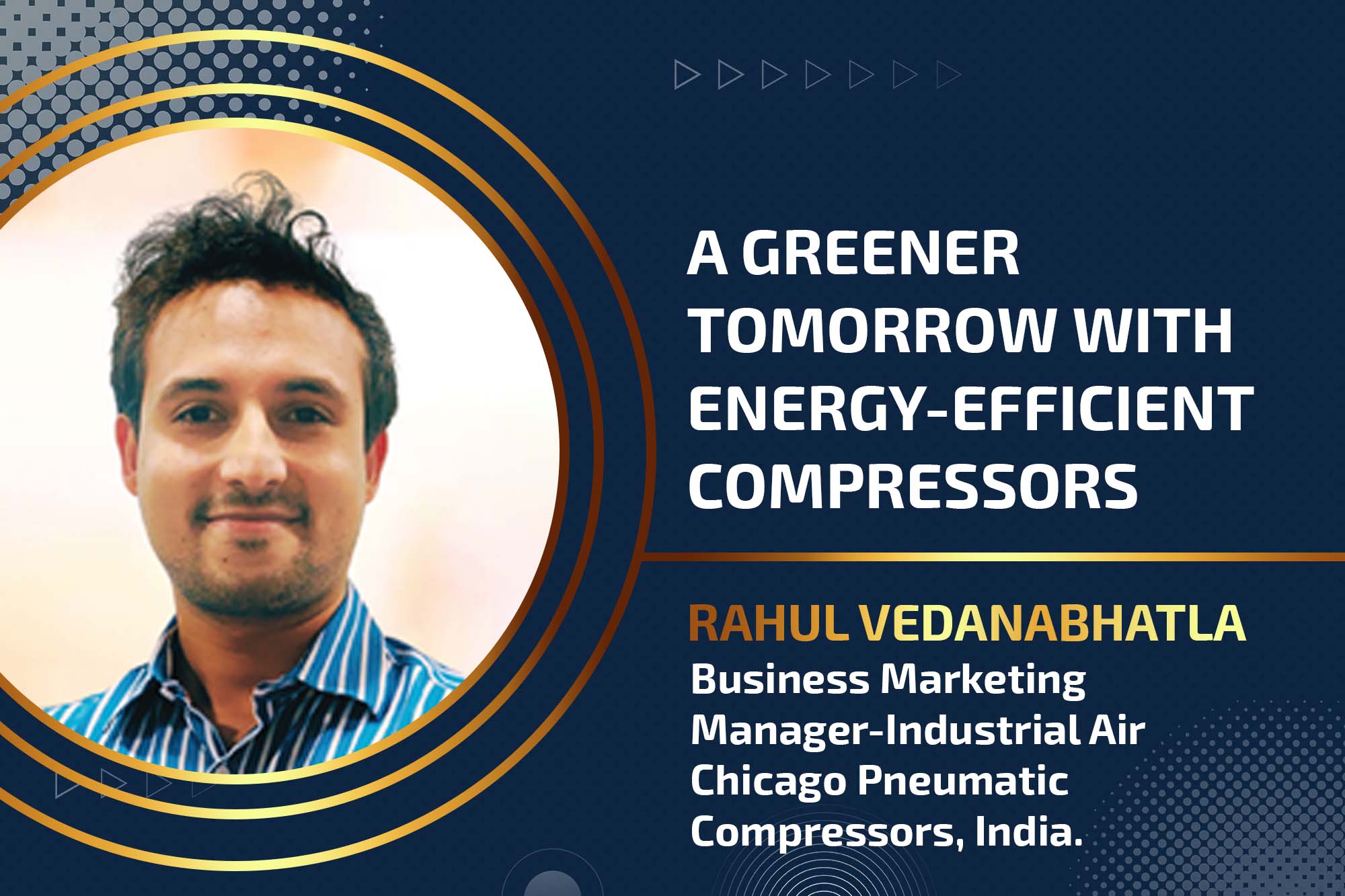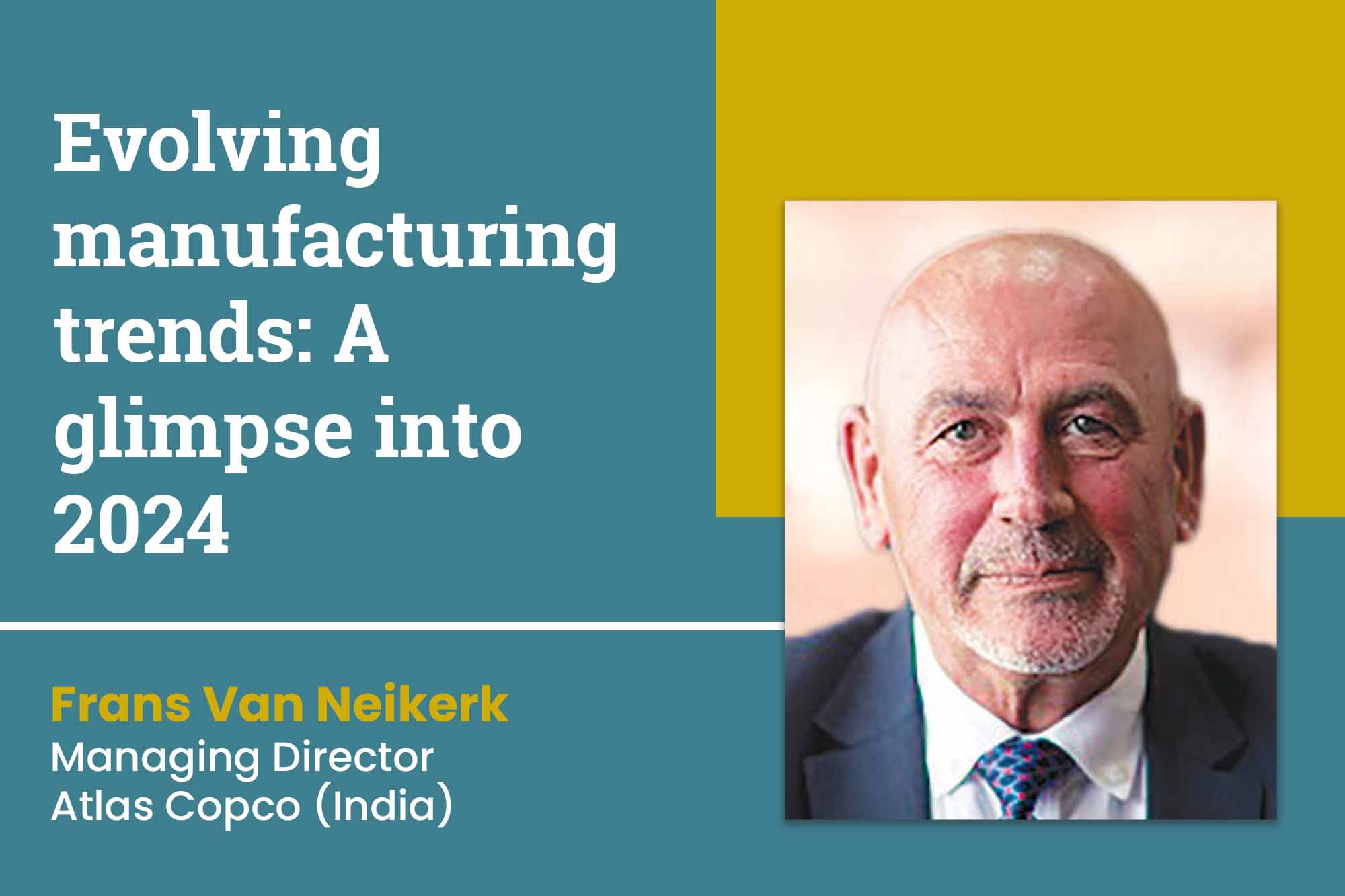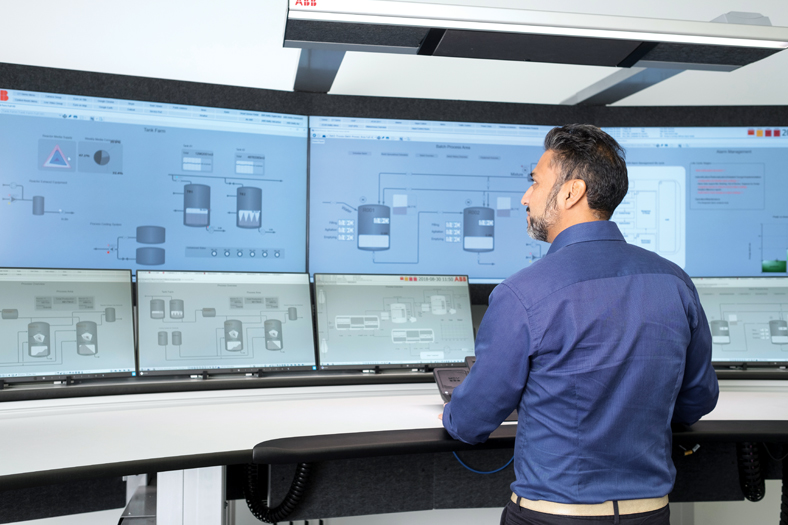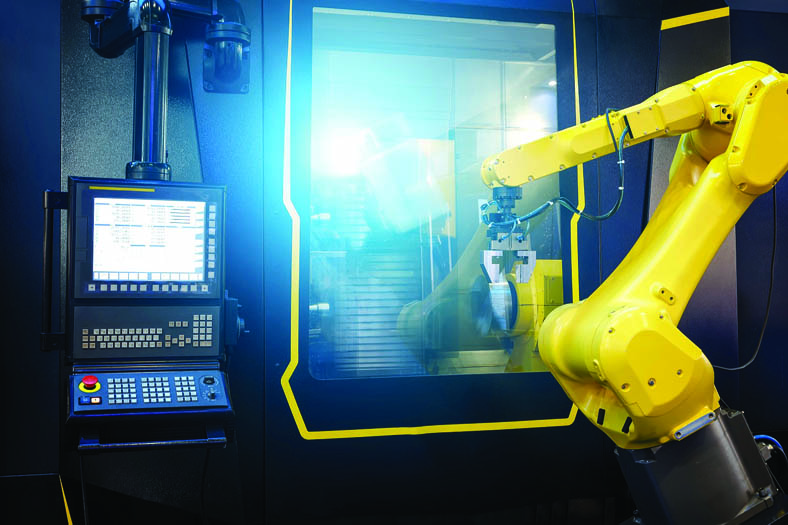Strategies for OEMs to achieve net-zero emissions
By OEM Update Editorial June 18, 2024 5:38 pm IST
Sustainability is not just a trend; it’s a global imperative. OEMs are facing mounting pressure to reduce their emissions. Arjun Vijayaragavan, founder of KarbonWise, presents strategies for OEMs to swiftly transition to renewable energy , achieve net-zero emissions, and gain a competitive edge.
Leading corporations globally have set ambitious Net Zero targets and made public commitments to attaining them. It is a matter of time for this to cascade down to the rest of the supply chain. Suppliers and OEMs must be able to provide input components with close to zero emissions over time for these corporations to reach net zero.
If we take a couple of sectors as examples, India’s pharmaceutical and automotive manufacturing sectors have carved a niche for themselves in the global manufacturing space. The OEMs for these sectors in India are starting to see the push from their end customers to become more sustainable. Leading players such as Pfizer, Novartis, Volvo, and Mercedes are targeting Net Zero. Their product component suppliers are now being asked for their carbon footprint data (Scope 1, 2, and 3) and are being pushed to set targets themselves.
This trend will only become more prominent, and the supply chain must become more environmentally conscious. This can be attributed to a global shift towards sustainable manufacturing practices and pressure to regulate emissions.
Many OEMs might see this as a compliance burden. However, this is an opportunity for OEMs to differentiate, increase stickiness with their end customers, and use sustainability to build trust and competitive advantage. OEMs need to set up systems of collaborative practices that help the critical players in the market move towards Sustainable Development Goals to make themselves attractive to industries and consumers. For example, Mercedes-Benz has set a target of reducing CO2 emissions by 70% in its manufacturing sites by 2030, compared to 2019. The company plans to meet over 70% of the energy needs of its manufacturing sites through renewable energy.
How should OEMs approach this opportunity?
There are several levers OEMs can start actively pursuing to reduce their Scope 1 and 2 emissions in the short and mid-term. Scope 1 emissions are direct emissions from the operations of the company. They typically fuel consumption on site, and company vehicles tend to be large contributors. OEMs can explore more sustainable fuel combustion alternatives, e.g., biofuel-based boilers, and electrify their fleet. There are well-known players in the market (e.g., Thermax Global Solutions) that can deploy more efficient boilers in an Opex model. OEMs can pay for the solution from the fuel they have saved without upfront Capex.Scope 2 emissions are indirect emissions from the generation of purchased electricity. They can also be reduced by transitioning to renewable energy sources. This is typically a 5 to 7-year payback, but there are numerous financing schemes and options and many players with their nuanced propositions.
Scope 3 emissions are a bit more challenging. OEMs must track the footprint of the various input raw materials and capital goods. Getting this data can open opportunities to explore alternative materials, different suppliers, and local sourcing. Reducing Scope 3 emissions for suppliers is a 5 to 10-year journey if they start now.
Another area that impacts Scope 3 emissions is driving more circularity in materials. Consider how WWF India and CII, with backing from WRAP and UKRI, use public-private cooperation to advance a circular economy for plastics through the India Plastics Pact. OEMs should ensure they can source adequate recycled material instead of virgin material where feasible.
As OEMs pursue all the above actions, having a strong data backbone is imperative to measure and track Scope 1, 2, and 3 emissions. Scope 3 emissions, in particular, are challenging to track. Thus, having the right technology and processes in place is critical to having accurate carbon emissions data for their supply chains.
In conclusion, OEMs’ market share in India has shifted significantly over the past decade. New players have entered the market, and existing players have expanded their product offerings. To contribute to a sustainable future, OEMs must now focus on achieving carbon neutrality. This is a complex and challenging task for OEMs and requires a multi-faceted approach. OEMs must collaborate with other industries, adopt circular practices, promote sustainable transportation alternatives, and constantly innovate to find new approaches and solutions.
Cookie Consent
We use cookies to personalize your experience. By continuing to visit this website you agree to our Terms & Conditions, Privacy Policy and Cookie Policy.



